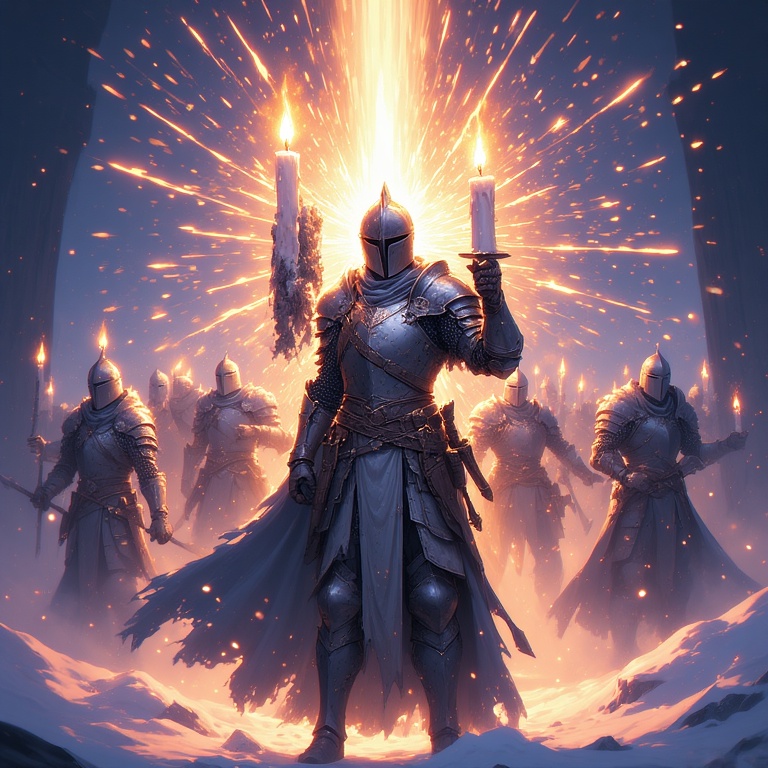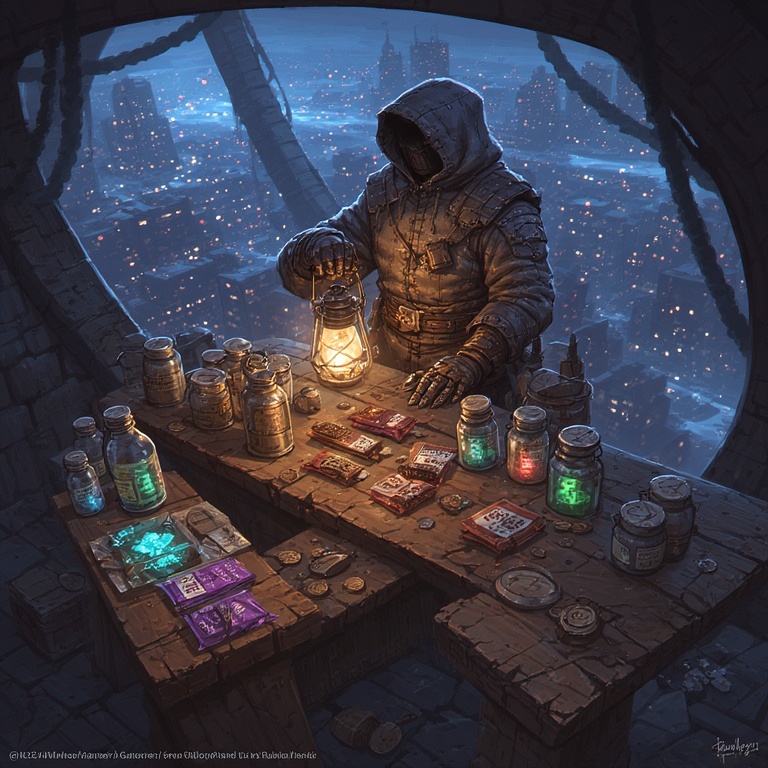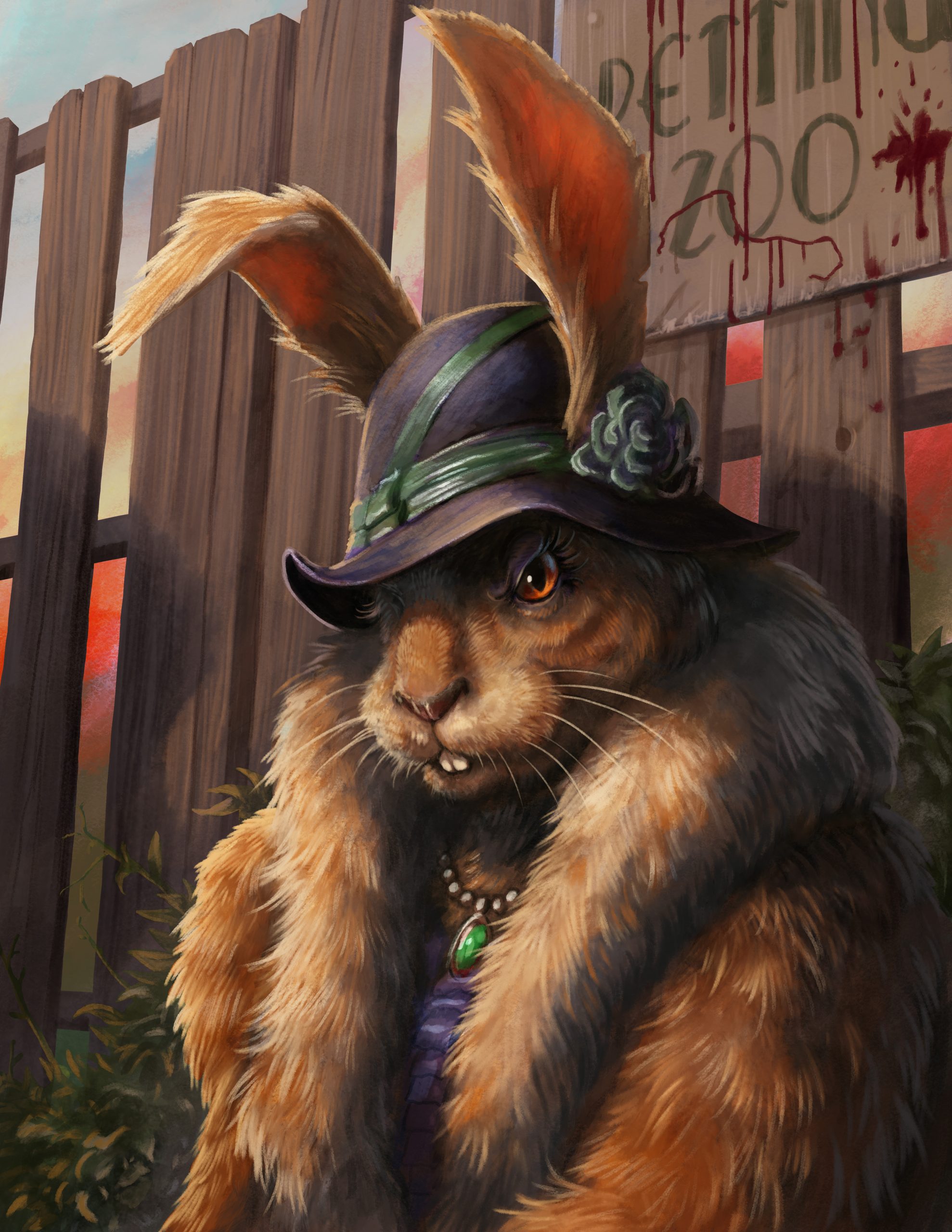
Bard Subclass: College of the Hollow Choir — Voices Beyond the Veil
“They sing with me. They have always sung with me.”
Some bards find their inspiration in nature’s beauty, the stories of old, or the cheers of an audience.
Others… hear voices.
Continuing the series of subclasses with symbiotes. We did the barbarian last week. Check it out here.
The bards of the College of the Hollow Choir do not perform alone.
They sing with an unseen host—be it a symbiotic otherworldly presence, an ancient fractured intelligence, or the lingering echoes of forgotten gods. Their harmonies are layered, haunting, and impossible to fully replicate by mortal voices.
Whether these voices are a blessing, a curse, or something far stranger is a question every Hollow Choir bard must wrestle with.
When they perform, reality itself seems to bend in time with their song. The air trembles. Shadows move to the beat. Listeners swear they hear more than one voice… even when the bard is the only one on stage.
🎼 The Hollow Choir’s Features
Harmonized Consciousness (3rd Level)
You are never truly alone. The Choir whispers advice, offers eerie comfort, and occasionally hums a tune only you can hear.
-
Mental Fortitude: Advantage on saving throws against being charmed or frightened.
-
Telepathic Communication: Speak into the minds of creatures within 30 feet. Your words carry a faint, layered echo that others may find unnerving.
-
Otherworldly Guidance: Once per long rest, cast Augury without a spell slot—the visions arrive as a spectral choral performance only you can interpret.
Duet of Echoes (3rd Level)
When you cast a spell with verbal components, the Hollow Choir sings alongside you, weaving their voice into your magic. Choose one enhancement per cast:
-
Dissonant Verse: Force a Wisdom save or impose disadvantage on the target’s next saving throw against enchantment or illusion spells.
-
Echoing Crescendo: If the spell deals damage, a second creature within 10 feet of the target takes half the original damage (force).
-
Haunting Refrain: If the spell heals, the target also gains temporary HP equal to your Charisma modifier (minimum 1).
Uses: Equal to your proficiency bonus per long rest.
Resonant Chorus (6th Level)
As an action, manifest your Choir for 1 minute—spectral figures swirling around you, their ancient harmonies vibrating in the air.
-
Allies within 30 feet gain advantage on saving throws against mind-altering effects.
-
You can give Bardic Inspiration to two creatures at once.
-
You may let the Choir speak entirely for you, gaining advantage on Persuasion and Intimidation for the duration.
Recharge: Short or long rest.
The Conductor’s Will (14th Level)
The Choir’s connection to you is now absolute. In moments of failure or danger, they can seize control.
When you drop to 0 HP, fail a Concentration save, or fail a Charisma-based skill check, you can roll a d12 and add it to the result.
If this changes the outcome, the Choir manifests in full for one round—whispering, laughing, or screaming.
Uses: Once per long rest, or spend a Bardic Inspiration to do it again.
🎭 Roleplay Hooks for the Hollow Choir

Dragonborn Bard
-
Whose Song Is It? The more powerful your Choir becomes, the less sure you are who’s leading—are you the conductor, or just another voice in their eternal song?
-
A Chorus With Opinions: Your Choir has its own preferences. Maybe it dislikes certain NPCs, refuses to sing certain songs, or tries to push you toward certain moral decisions.
-
Auditory Haunt: Even when you’re not performing, the faint sound of voices follows you—only audible to those who listen closely.
🎲 DM’s Guide to Using the Hollow Choir in Your Campaign
A subclass this flavorful is a gift to a Dungeon Master—especially if you want to inject mystery, tension, or cosmic horror into the campaign.
1. Make the Choir a Character
Treat the Choir as an NPC with its own quirks, secrets, and desires. Sometimes it helps the bard. Sometimes it distracts them at the worst possible moment. It could even be a front for an ancient entity trying to influence the world through song.
2. Weave the Choir Into Plotlines
Give the Choir knowledge no one else could have—cryptic prophecies, hidden dangers, or the location of something long lost. Let the bard’s player choose whether to share, mistrust, or obey these voices.
3. Let the Choir Interact With Others
When the Choir manifests physically (via Resonant Chorus or The Conductor’s Will), NPCs might hear words in their own minds, be unsettled by alien harmonies, or feel their emotions swayed without realizing why.
4. The Choir as a Risk
Consider giving the Choir goals that conflict with the bard’s. This opens the door for moments where the bard risks losing control—or where the Choir demands payment for its help.
🛑 Final Note
This subclass leans heavily into the high-drama, high-impact side of bard play. Its features can swing encounters in dramatic ways—so make sure you get your DM’s permission before introducing it into a campaign.
Handled well, the College of the Hollow Choir can be the centerpiece of a rich narrative—one where every performance carries the question:
Is the bard performing for the audience… or is the Choir performing for them?
Thanks for reading. Until Next Time, Stay Nerdy!!










Pingback: Cleric Domain: The Host – A Playtest Subclass of Divine Symbiosis – Nerdarchy
September 13, 2025 at 9:51 pm